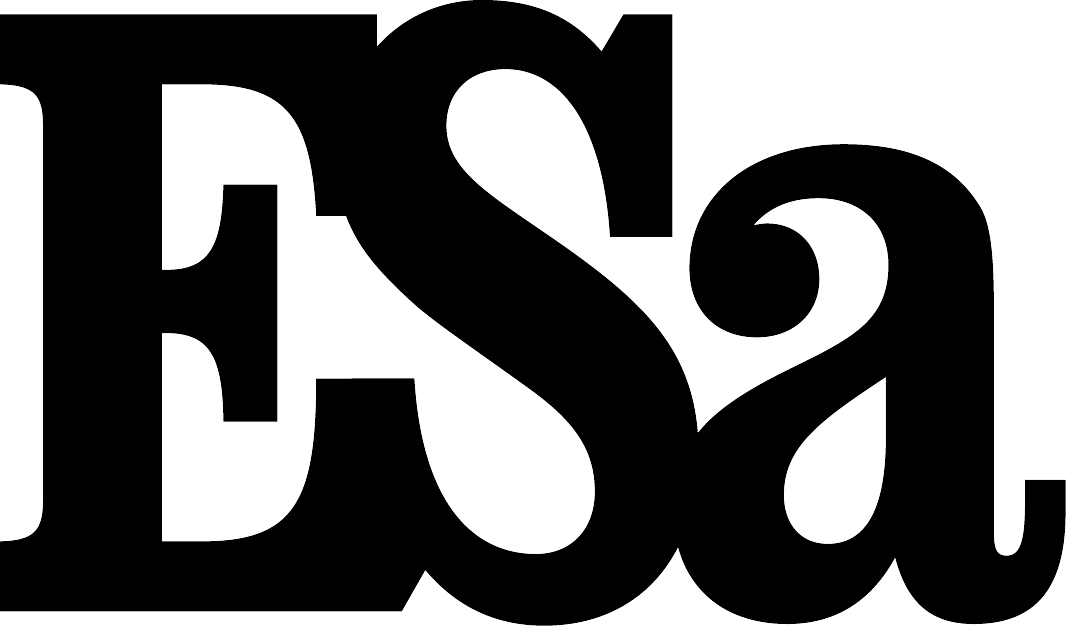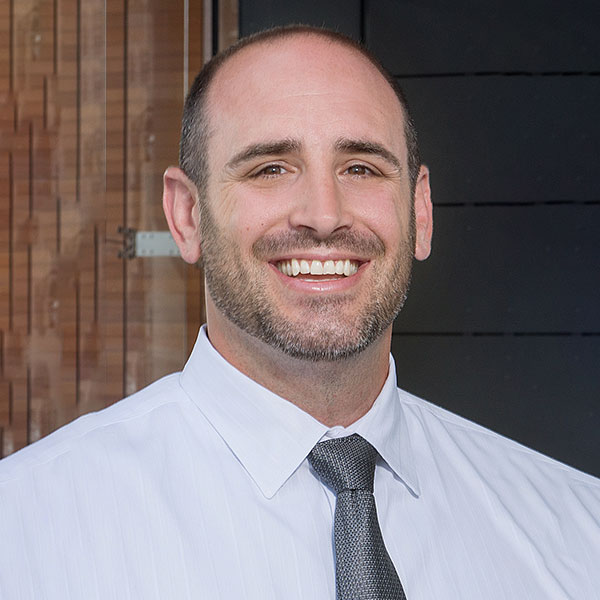
How Earl Swensson Associates builds a groundbreaking architecture firm
ESa uses Smartsheet to standardize its unique processes, maintain accountability, and make strategic use of data in order to plan for the future.

"We weren’t leveraging Smartsheet fully... It’s grown into a much bigger platform than we originally thought. The scalability of being able to propagate information sets and be consistent with our data, to have the same kind of view as we move from project to project, is huge."
Director of Design Technology, ESa
Since its founding in 1961, Nashville-based ESa (Earl Swensson Associates) has become a nationally recognized architectural firm. Over the years, its portfolio has grown to include not just a larger number of projects but a body of work across the country. ESa’s iconic Nashville designs include the AT&T Tennessee Tower, Centennial Medical Center, and the Gaylord Opryland Resort and Convention Center. National design work includes campus facilities at Shenandoah University, Hotel Hershey, and Advent Health facilities, to name a few.
ESa needed to find a solution that could improve the way it organizes and oversees its designs and construction contracts — one that could evolve as the company’s expertise and the industry develop.
Today, ESa uses Smartsheet to standardize its unique processes, maintain accountability, and make strategic use of data in order to plan for the future.
“We want to be informed instead of reactive”
“One of our goals is to make sure everyone has the information they need; another is to gain some metrics from the data we’re collecting,” says Eddie Lewis, principal at ESa. “The longer you do business, the more aware you become of ways and tools that help position your company for the future. We want to be informed instead of reactive.”
About 80% of the architectural projects ESa designs and manages are in healthcare; additional projects include buildings for senior living, corporate offices, education, hospitality, and the arts. ESa has an average of 400 projects in progress per year across the U.S., from early planning and design conception through construction completion.
The company’s 190 employees are responsible for a vast number of details. The old-fashioned methods of paper folders and typed lists can’t meet the demand for effective project oversight. ESa tried organizing its work via spreadsheets, but needed greater control and flexibility to bring standardized approaches to unique designs and buildings. Jarod Prior, director of design technology at ESa, knew one of his colleagues had been using Smartsheet for scheduling, but realized the solution could do far more.
“We weren’t leveraging Smartsheet fully,” Prior says. “I started to look at how we could really get the most value out of the software. That led us to think about how to frame our long-term goals and extract data from Smartsheet to achieve them. It’s grown into a much bigger platform than we originally thought. The scalability of being able to propagate information sets and be consistent with our data, to have the same kind of view as we move from project to project, is huge.”
Gaining more control over projects through Smartsheet
The majority of ESa’s work falls into two primary phases: architectural design and construction contract administration. Prior worked with his Smartsheet customer service team to develop Control Center templates for each phase, speeding up the processes of creating a new project and transitioning a completed design to the contract phase.
Additional Control Center templates are used to manage requests for information (RFIs) from prospective clients, submittals of new project proposals, and change orders for projects in process. Smartsheet forms are used to request job numbers and initiate back-end accounting and finance processes. The automated features of Control Center save time and effort at the start of a project, and ensure that no crucial detail is omitted even when the project team is working to meet a tight deadline.
Smartsheet has already helped ESa streamline and simplify its processes. One of the biggest benefits Prior has seen is improved control; ESa can maintain oversight of ongoing construction instead of yielding it to the contractor’s staff. Internal communication is streamlined too, with easier information sharing across functional teams including architecture, construction contract administration, interior design, project management, and marketing.
Through Smartsheet, the firm can also strategically forecast project workloads and schedule teams, with more accurate views of staff utilization and availability from eight weeks to as much as a year out. Automated alerts and reminders help keep work moving to meet deadlines.
“For an RFI or a submittal, we have a contractor input the data for our log and spin it to whoever it needs to go to,” Prior says. “Traditionally it would get emailed, where it could then sit in someone’s inbox and not get looked at for a couple of days because they’re busy. Smartsheet allows us to remove that first speed bump in the process by filling out a form that goes to the right team members automatically, right from the log. It creates peace of mind.”
Dashboards help drive industry change
Dashboards are key to the company’s use of Smartsheet. Everyone at ESa has an individual dashboard for tracking their own tasks and work, which automatically feeds data into the right project sheet for an always up-to-date view. Project principals and executives also have dashboards that provide more comprehensive views across the business.
With a single source of accurate data, staff can easily share the right data with clients and contractors without the risk of updates getting lost in email. In an industry where constant change is the norm, keeping the most current information at everyone’s fingertips is crucial.
One of Prior’s goals for the future is to make more strategic use of the data generated throughout the design and contract process in order to get deeper insights and drive better decision-making. With the right information, ESa can anticipate and even drive industry change, not just react to it.
“Speed to market is a term we hear a lot. The demand for immediate attention certainly has changed over the 30 years I’ve been here,” Lewis says. “Smartsheet helps us communicate faster — and not only that, but with accuracy of information. There’s a quote attributed to Wyatt Earp: Speed’s great, but accuracy is everything.”












